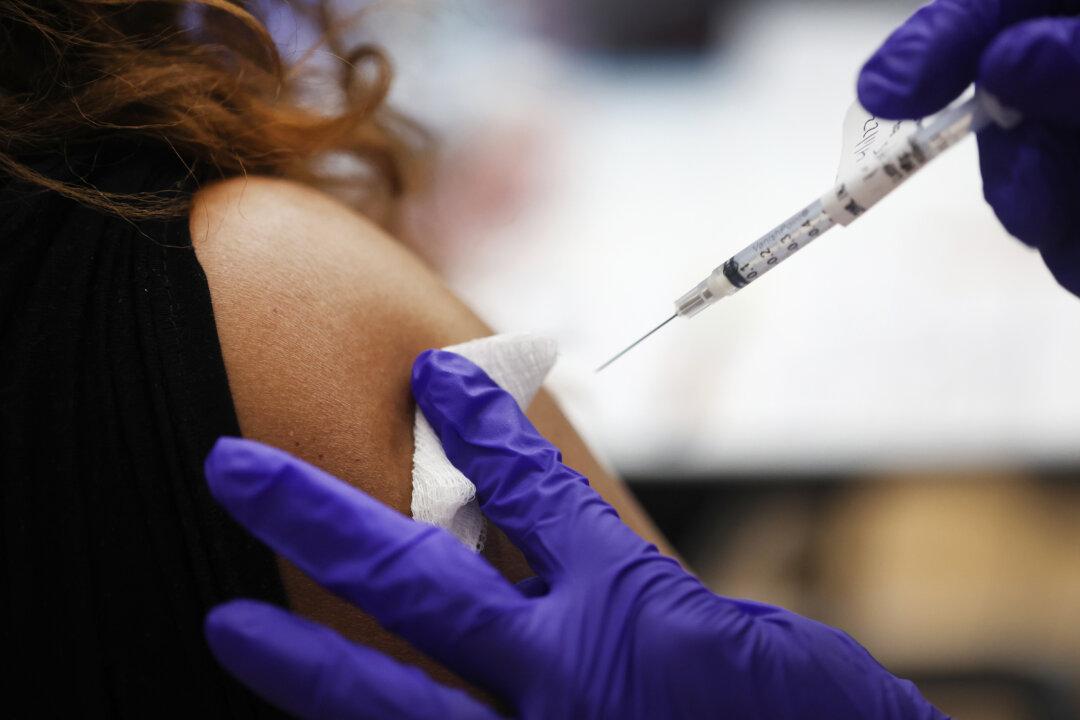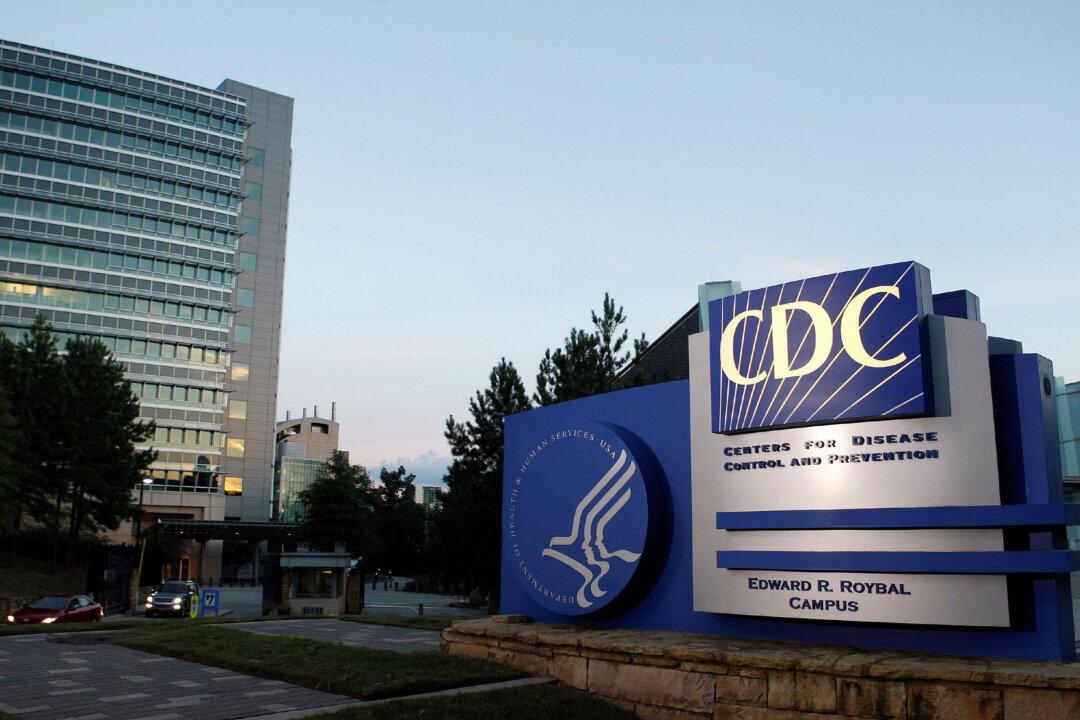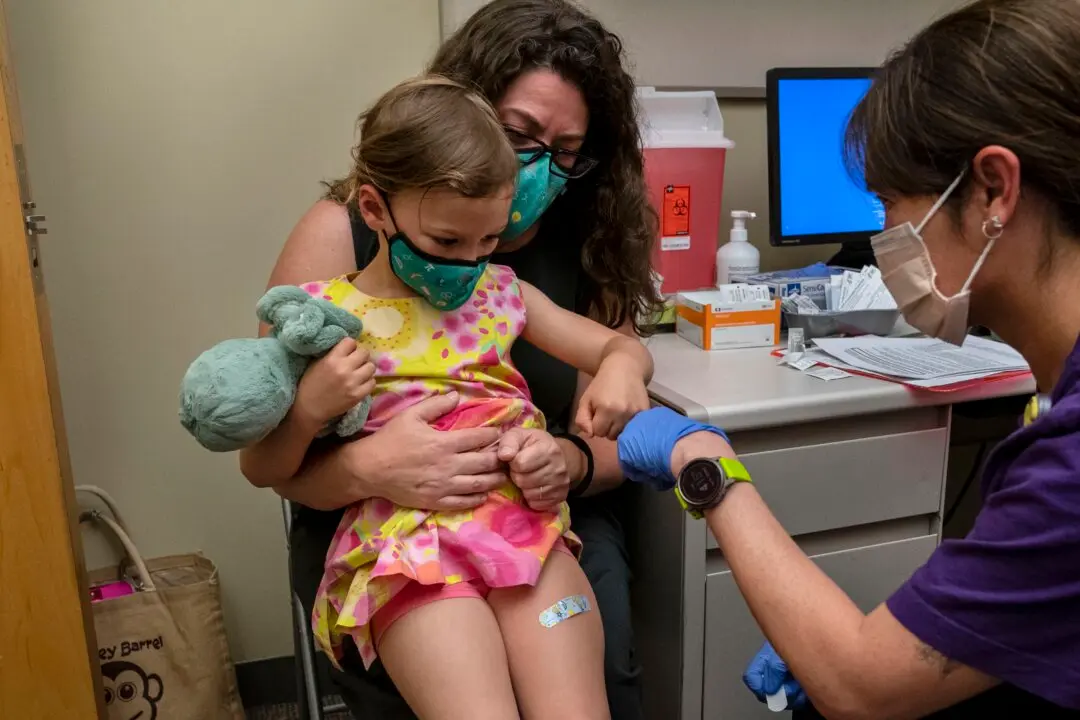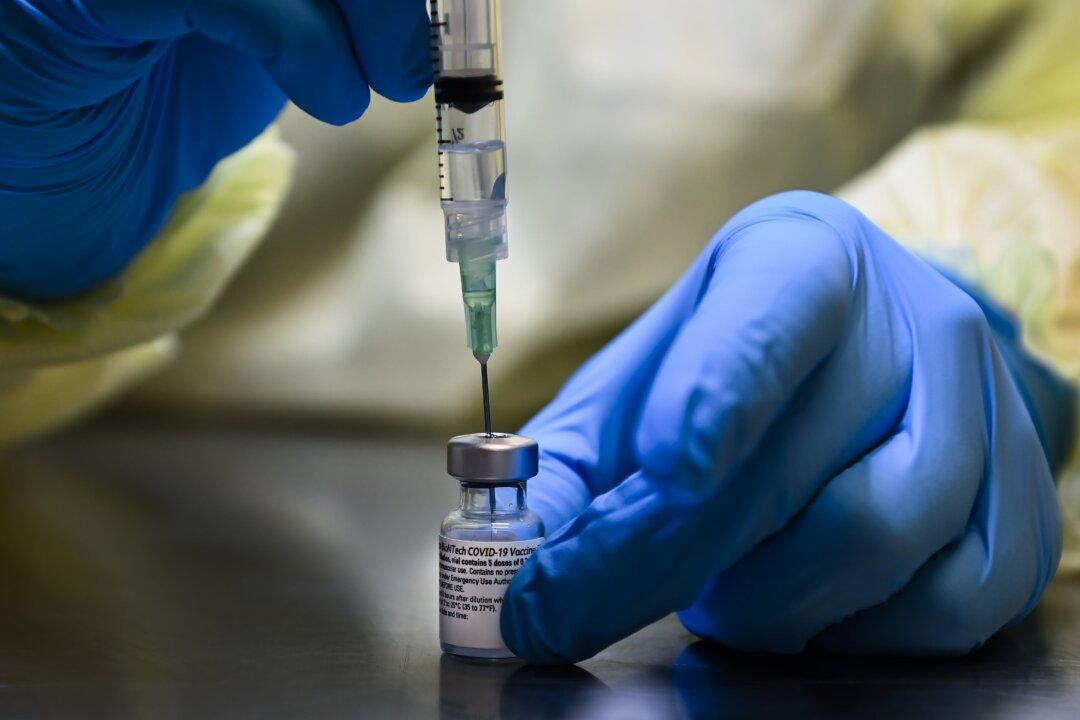Some viruses, after initial infection, remain latent in the body for a lifetime and may reactivate to cause infection again or a different condition. These kinds of latent viruses are being reactivated in a large number of people following their booster COVID-19 shots, causing symptoms of long COVID and other health conditions, according to Dr. Richard Urso.
Long COVID is a condition where people experience ongoing, recurring, or new health problems weeks to months after first being infected with SARS-CoV-2, the virus that causes COVID-19, or receiving a COVID-19 injection. Symptoms may include brain fog, fatigue, chest pain, and insomnia, among others.







